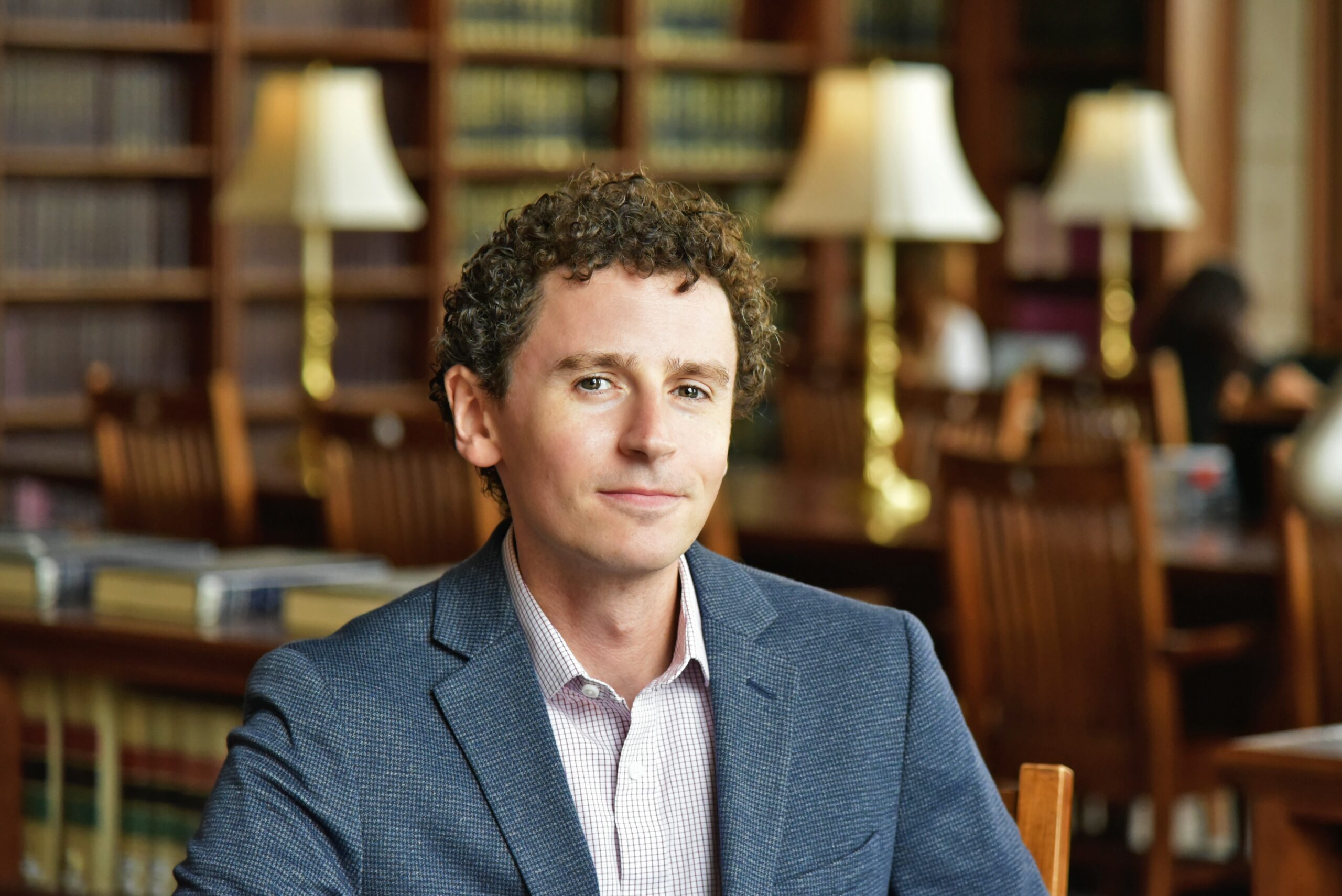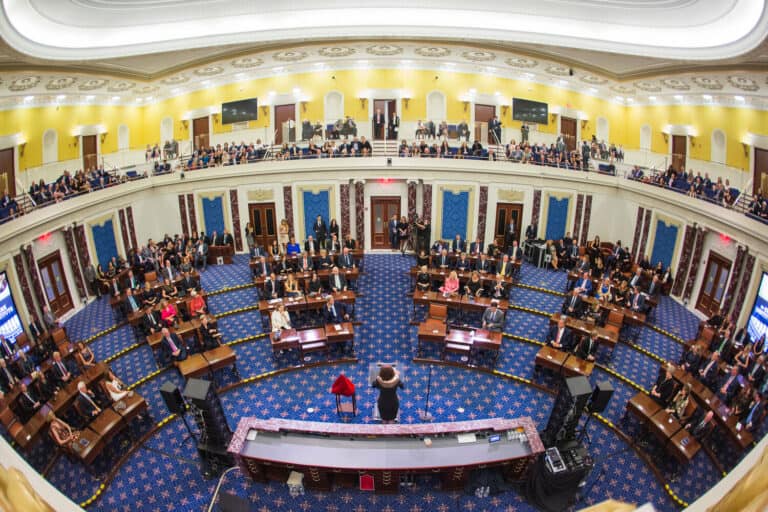
Benjamin Levin is a Professor at WashU Law.
Ben Levin is Climenko Fellow and Lecturer on Law at Harvard Law School.
Earlier this week, the NLRB declined to exercise jurisdiction in a much-publicized case involving Northwestern University Wildcats football players’ efforts to claim employee status and unionize. The reason for the Board’s decision? A concern for “stability in labor relations.” As the Board saw it, any decision in the case would affect private schools, but not public schools. If some college athletes were employees who could unionize and others weren’t, this could throw the NCAA into a state of chaos and upset the balance of college athletics. Result, “instability.”
I think the NLRB got it wrong. I believe that the players were statutory employees entitled to unionize. But, here, I’m not going to touch the merits. Instead, I want to focus on the jurisdictional question. The logic that the Board articulated for its decision would seem to justify declining jurisdiction in a wide variety of cases. Put simply, the stability rationale cuts much too broadly (and it isn’t a good fit for the facts of the case).
“Stability” certainly has played an important role in shaping contemporary labor law. When it was passed in 1935, the NLRA not only provided benefits to workers, it also aimed to provide stability in the labor market. Born out of a tumultuous history of labor unrest, criminal conspiracy prosecutions, and violent confrontations between workers and bosses, the Act was designed to achieve both workplace democracy and labor peace.
So what does all this have to do with Northwestern’s football team? What do the Wildcat football players have in common with the wildcat strikers of the pre-NLRA moment?
The NLRB’s rationale for declining jurisdiction was one rooted in the longstanding concern about worker organizing upsetting a market’s peaceful and orderly functioning. The Board worried that allowing different rules for private schools and public schools would produce a patchwork mode of regulation. Instead of the unified regulatory regime that we have today under the NCAA, college athletics would be thrown into disarray. (For reasons outlined in an excellent article by Nicholas Fram and Thomas Frampton, there may be good reason to believe that state labor laws could fill some of these gaps by allowing public school athletes to unionize).
Would it be easier for the NCAA, the Big Ten, and university athletic directors if the law treated all college athletes alike (as “student athletes” rather than “employees”)? Presumably. But it’s not clear what parade of horribles might follow from a decision that renders only some athletes employees. Maybe the NCAA would have to rethink its bylaws. Maybe some schools would need to rethink the structure of their athletics programs. Maybe there would be a lot of hard questions for administrators, coaches, players, and donors. Maybe some programs would be dropped.
I don’t want to minimize difficulties in administrability, but college sports already include any number of diverse arrangements depending on the school. That diversity is a part of the “stability” of today’s NCAA.
Take the granting of athletic scholarships – some schools do it, and some don’t. If Northwestern’s basketball team meets Harvard’s in the NCAA tournament, players on one team (Northwestern) are receiving scholarships, whereas players on the other (Harvard) are not and cannot. Both are NCAA Division I basketball programs, but only one set of players has to pay to play. Some sports – for example Division I ice hockey in the East Coast Athletic Conference – regularly pit schools that grant scholarships against ones that don’t. Not only that, but schools have very different financial resources, and they must comply with different state and local laws.
The status quo has absorbed these variations. There are winners and losers, reflected not only in the unionization debate but also in the recurring controversies over football bowl selections. Yet the NCAA has come up with a regulatory scheme. If the Board had exercised jurisdiction (or if it does in a later case), it might increase these variations, alter the landscape of college athletics, or render the NCAA’s current approach obsolete.
But unionization often (if not always) changes the dynamics of a given shop, industry, or market. When the Board refers to the possible disruption in this case, it’s not clear why that disruption is somehow worse in the context of college sports than in the context of other markets where unionized firms must compete and interact with non-unionized firms (or, more specifically, firms whose workers aren’t covered by the NLRA). Doesn’t unionization always risk some sort of destabilization?
The Board notes this risk, but dismisses such concerns because “[o]ther industries . . . are not characterized by the degree of interrelationship present among and between teams in a sports league.”
The Board is certainly right that sports teams are dependent on one another. But “degree of interrelationship” seems like a nebulous concept that offers little clarity as a distinguishing feature. If we think that unionization (or at least the decision about whether to unionize) is important, then I think we should be troubled by this line of reasoning.
Worker activism might threaten the stability of an industry, but the NLRA still represents a decision that worker activism is a critical component of the labor market, a component that is necessary to democratic stability.






Daily News & Commentary
Start your day with our roundup of the latest labor developments. See all
October 28
Two federal unions oppose CBA cancellations, another federal union urges Democrats to end the government shut down, and Paramount plans for mass layoffs
October 27
GM and Rivian announce layoffs; Boeing workers reject contract offer.
October 26
California labor unions back Proposition 50; Harvard University officials challenge a union rally; and workers at Boeing prepare to vote on the company’s fifth contract proposal.
October 24
Amazon Labor Union intervenes in NYS PERB lawsuit; a union engages in shareholder activism; and Meta lays off hundreds of risk auditing workers.
October 23
Ninth Circuit reaffirms Thryv remedies; unions oppose Elon Musk pay package; more federal workers protected from shutdown-related layoffs.
October 22
Broadway actors and producers reach a tentative labor agreement; workers at four major concert venues in Washington D.C. launch efforts to unionize; and Walmart pauses offers to job candidates requiring H-1B visas.